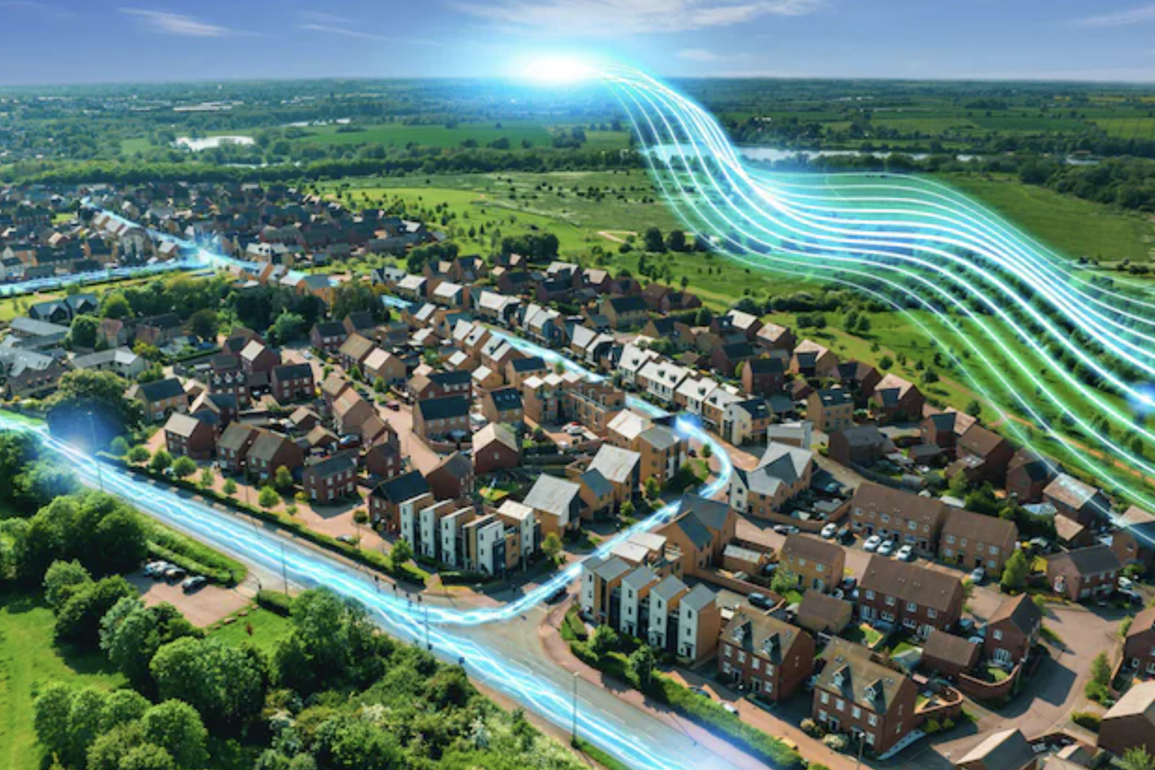In a country where reliable internet remains a luxury for millions, Nokia and the South African broadband provider Fibertime have launched an ambitious partnership to extend high-speed fiber access to some of the nation’s poorest and most densely populated townships. The goal: to connect 400,000 homes now and two million by 2028, at a price point designed for the informal economy.
The rollout marks one of the most aggressive pushes yet to bridge South Africa’s persistent digital divide. According to government data, fewer than 35% of households in low-income areas have access to fixed broadband, with the majority relying on costly, data-capped mobile plans. By contrast, wealthier urban neighborhoods enjoy some of the fastest fiber speeds on the continent.
Fibertime says its new model — powered by Nokia’s fiber access and IP solutions — could change that. The company is building what it calls “semi-mobile” fiber networks that allow residents to stay connected across entire neighborhoods. Customers pay as little as five rand (about 25 cents) per day for uncapped, unthrottled access.
“With Nokia’s support, we’re able to significantly ramp up the roll-out of our low-cost, high-speed, fiber internet service to underserved township communities across South Africa,” said Danvig De Bruyn, CEO of Fibertime.
“We’re now connecting 1,200 households a day to flexible, high-speed access — up to 950 Mbps in some cases — without the need for contracts or debit orders. Once a township is connected, customers simply buy vouchers at a local spaza, retail outlet or via their banking app, enter the voucher number in their fibertime app, and immediately have access to unlimited and unthrottled fiber-to-the-home internet at a cost of R5 per day.”
To achieve this scale, Fibertime will deploy Nokia’s Lightspan access nodes and Wi-Fi 6-enabled fiber access points, using its ONT Easy Start system to automate modem activation. The company will also use Nokia’s 7750 Wireless Access Gateway to allow for “seamless roaming” within township networks — essentially letting users stay connected as they move through public spaces.
Fibertime’s model of “voucher-based connectivity” is designed for communities often excluded from formal financial systems. The model bypasses monthly billing and credit checks — two common barriers to digital inclusion in low-income regions.
Still, experts caution that the rollout will need to overcome deeper structural challenges. South Africa’s township infrastructure — often characterized by informal housing, unstable electricity, and vandalism — poses unique logistical hurdles for fiber networks. Analysts also warn that affordability alone may not guarantee long-term adoption unless paired with digital literacy and access to devices.
To maintain reliability at scale, Fibertime is adopting Nokia’s Altiplano and Network Services Platform software, including an AI-driven Fiber Health Analyzer capable of spotting disruptions before customers notice. “Nokia’s automation and AI-powered tools not only help us to improve operational efficiencies but also enhance the reliability of our FTTH network,” said De Bruyn. “We can now detect disruptions earlier and resolve incidents more quickly to ultimately improve the subscriber experience.”
For Nokia, the partnership is part of a broader strategy to position itself at the center of Africa’s next connectivity wave — where traditional telcos have struggled to reach the last mile.
“Reliable broadband is critical for thriving communities — powering education, healthcare, and local economies.Yet too many people remain unconnected because of the unique challenges tied to where they live,” said Sandy Motley, President of Fixed Networks at Nokia. “With our fiber and IP solutions, we’re changing that, bringing broadband services to thousands of customers at once, in regions once considered too difficult to serve.”
The collaboration expands on previous deployments in Cape Town, Johannesburg, Gqeberha, Mangaung, and Stellenbosch. But the real test, experts say, will be whether such models can scale sustainably — and whether corporate partnerships can address the deeper inequalities that still define who gets to be part of South Africa’s digital economy.




